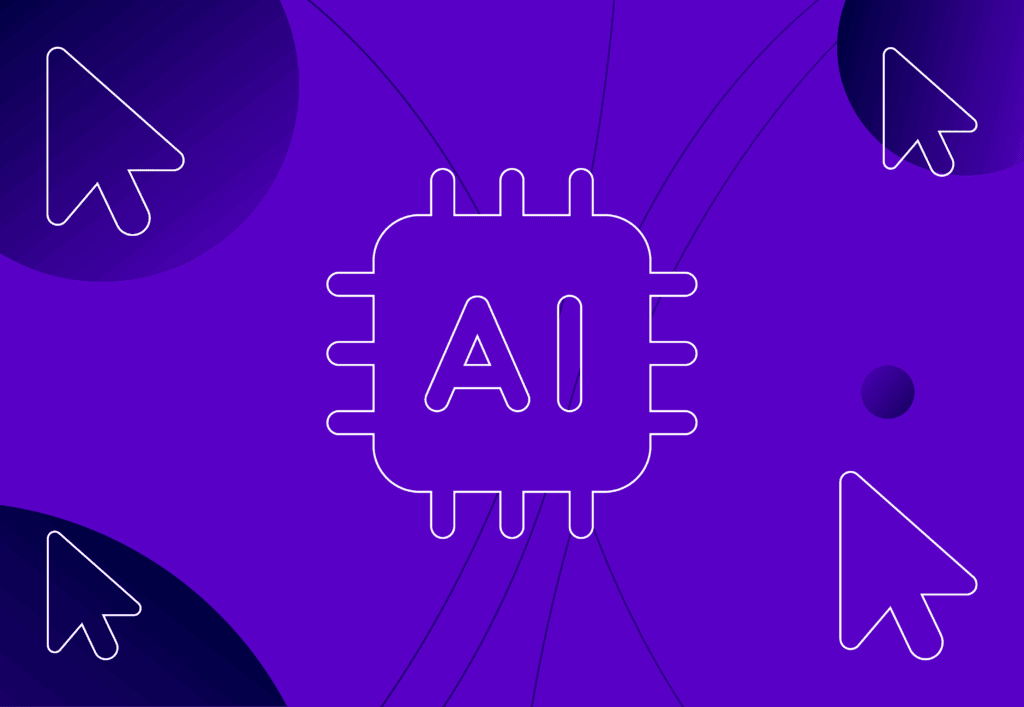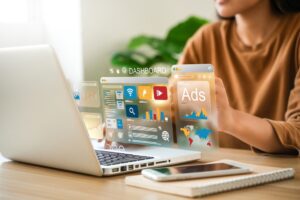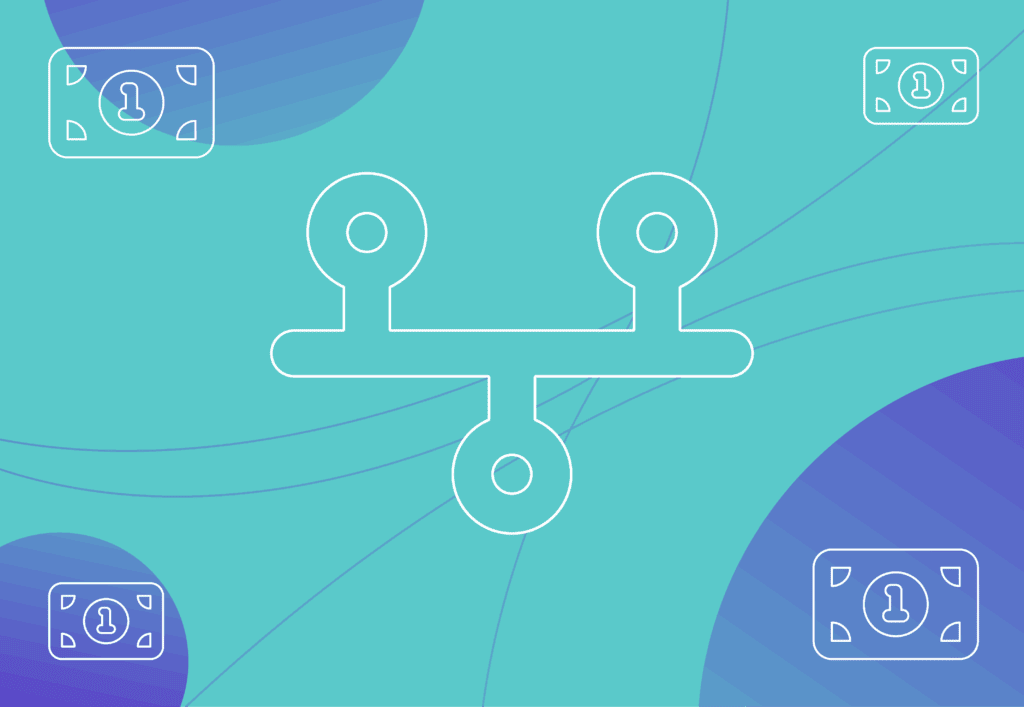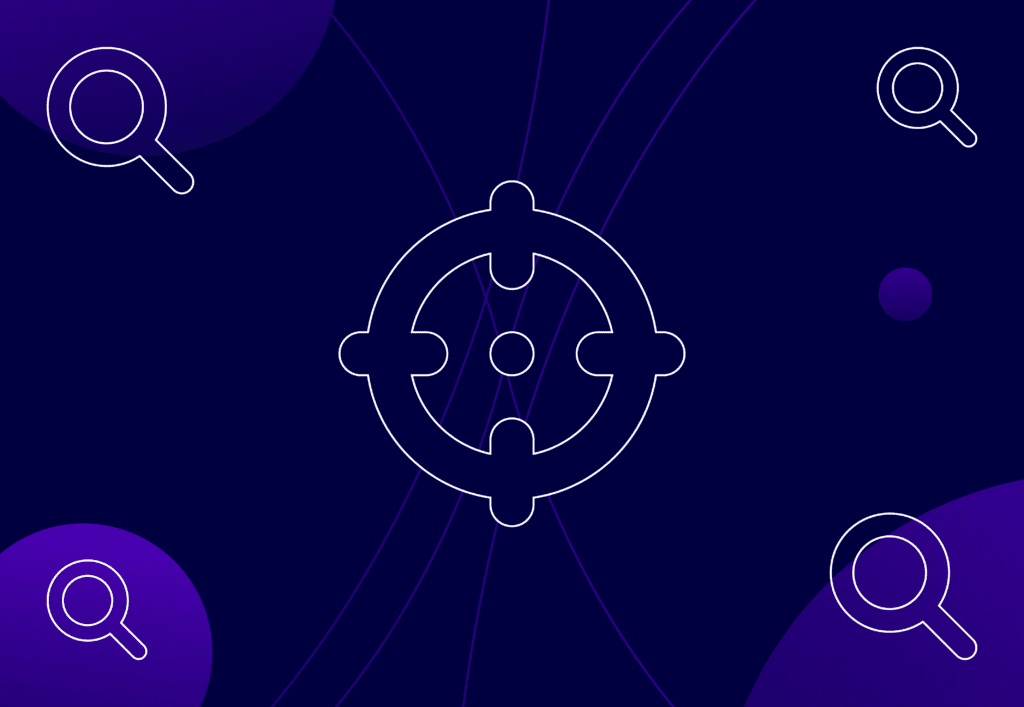
Is AI the secret to PPC success? Let the stats show you

In such an evolving world of digital marketing, where faster and efficient ways of working are welcomed by marketers, AI is arguably at the forefront of this. AI is embedded within pay-per-click (PPC) advertising, from Google Ads’ Smart Bidding to automated ad creation. However, how much should we actually rely on AI for PPC success?
21 stats about PPC & AI that you need to know
- AI driven PPC bid management reduces ad spend wastage by 37%. (Source: Zebracat)
- 60% of PPC professionals claim to utilise AI for keyword research. (Source: Backlinko)
- Cost Reduction: AI driven PPC strategies reduce costs by 20-30%, increasing profit margins. (Source: LinkedIn)
- AI based retargeting strategies increase sales conversions by 44% compared to standard retargeting. (Source: Zebracat)
- By 2030, AI marketing tools are predicted to influence 45% of the world’s economy. (Source: Edelman)
- 50% of marketers using AI in PPC spend 60% less time on campaign management while improving performance. (Source: Linkedin)
- Smart Bidding algorithms analyse over 70 million signals in real time (Source: Google Ads Help)
- AI PPC tools can improve performance by 10-13%, according to Google. (Source Search Engine Land)
- 75% of PPC professionals say they use AI at least sometimes to write their ads. (Source: Digital Silk)
- 71% of PPC professionals who use AI say they’re satisfied with the results. (Source: Digital Silk)
- AI enhanced audience targeting can lead to a 30% increase in conversion rates and a 40% boost in ROI. (Source: Premiere Creative)
- Companies leveraging AI strategies report up to a 30% increase in conversion rates. (Source Linkedin)
- AI generated ad creatives boost Facebook & Google Ads CTR by 47%, reducing cost per acquisition (CPA) by 29%. (Source: Zebracat)
- 68% of marketing executives said they got a return on their AI investment. (Source: HubSpot)
- AI driven PPC big management increases ad ROI by 50%. (Source: Zebracat)
- The ‘AI in marketing’ market is expected to grow at a CAGR of 26.7% between now and 2034. (Source: Digital Marketing Institute)
- AI audience segmentation leads to 26% better ad targeting and 32% higher conversion rates. (Source: Zebracat)
- AIdriven bid optimisation can result in a 20% improvement in ad performance and a 30% reduction in cost per click. (Source: Premiere Creative)
- AI chatbots integrated with PPC landing pages increase conversion by 28%. (Source: Pixel506)
- 80% of Google Ads spend is now optimised by AI automation. (Source: Google, 2023)
- Almost 20% of marketers have allocated 40% of their marketing budget to AI driven campaigns. (Source: Zebracat)
How is AI transforming PPC advertising?

Artificial intelligence is reshaping every stage of the PPC funnel, from ad creation to bid strategies and performance reporting. It is making advertising smarter, faster and more cost effective.
Smart bidding & real time optimisation
AI algorithms automatically adjust bids based on a variety of signals. These can be device type, location, time of day and user behaviour. Google’s Smart Bidding uses machine learning to optimise for conversions or conversion value in each auction. For example, an ecommerce brand can use Target ROAS (tROAS) to instruct Google to adjust bigs in real time.
Instead of assigning strict budgets across campaigns, AI can monitor which campaigns are yielding best ROI and shifts spend accordingly. This redistribution means high performing campaigns receive more budget while underperforming ones spend is capped thus maximising overall efficiency.
Performance Max Campaigns
Unlike traditional search or demand gen campaigns, Performance Max campaigns use AI to find the most relevant audience segments and ad placements across all Google channels. These include Search, Display, Youtube, Gmail and Discover, therefore providing a much wider scope of placement variety based on performance.
Responsive Search Ads (RSA)
AI analyses user data and crafts personalised ad creatives in real time. Tools like Responsive Search Ads test multiple headlines, descriptions and images to find the best performing combinations for the correct audience based on user queries.
Dynamic Search Ads (DSA)
DSAs use AI to match a user’s search query to the most relevant content on your website and dynamically generate headlines.
Audience targeting
Machine learning models segment audiences by behaviour, past engagement and predicted intent. This means your ads reach users most likely to convert which reduces wasted ad spend.
Predictive analytics
AI can help forecast campaign performance and expected ROI through various platforms available. For example, being able to calculate how much budget should be allocated to different campaigns based on both historical and real time data.
Automated A/B testing
Previously, running A/B tests on ad creatives or landing pages required manual setup and consistent monitoring. With AI tools, this testing can be automated and continuous, where Google Ads use machine learning to test multiple ad variations in real time which automatically identifies which combinations perform best.
Enhanced keyword management
Tools within Google Ads can identify keyword trends and search term patterns. Within the platform, keyword additions and industry trend insights are provided based on both campaign data and external data. Allowing advertisers to stay ahead of seasonal trends, competitive shifts and changes in consumer behaviour without constant manual keyword reviews.
Ad copy generation
AI writing tools have the ability to generate more compelling, “click worthy” ad copy. While it still needs human input, using AI as idea creation significantly reduces time and improves testing efficiency.
Cross channel optimisation
AI also enables more cohesive cross channel marketing, by analysing user behaviour across multiple devices and platforms thus ensuring consistent messaging and optimal timing. Whether a user interacts with a brand via YouTube, Google Search or social media, AI can provide insight on these touchpoints. This then can allow for delivery of seamless, personalised experiences that can also improve conversion rates.
Benefits of AI within PPC
- Improved efficiency and time saving: AI can complete routine and repetitive tasks such as bid adjustments, ad copy testing, and audience segmentation in a fraction of the time it would take a human. This is particularly useful in larger scale accounts where the manual workload would otherwise be high. By automating these processes, marketers can shift their focus to higher level strategy and creative development, making campaigns much more agile and responsive.
- Improved performance: One of the biggest benefits of AI is its ability to optimise in real time. Using advanced algorithms, AI continuously analyses performance data and makes adjustments based on what’s driving results. This means higher CTRs, lower CPCs, better quality scores and ultimately improved ROAS. It also means poor performing ads or targeting setups are quickly phased out, ensuring budgets are spent more efficiently.
- Scalability: AI enables advertisers to scale campaigns more effectively without needing a proportional increase in manpower. Whether managing a few or thousands of ads across multiple platforms, AI can maintain performance standards. This is especially beneficial for agencies or businesses managing multiple client accounts.
- Personalisation: Thanks to machine learning, AI can tailor ad content to specific user behaviours, past actions, and preferences. This level of personalisation allows for more relevant ad experiences, which in turn increases engagement and conversion rates. The more relevant an ad feels to a user the more likely they are to take action.
- Data driven decision making: AI requires, and thrives on, data. It can detect trends, patterns, and correlations within large datasets that a human may easily overlook. Using predictive analytics, AI can suggest changes to bidding strategies, creative formats, or audience targeting before performance declines. This enables smarter, more informed decisions that are grounded in real time insights rather than a matter of guesswork.
- Consistency and accuracy: AI removes the potential for human error in PPC management. By standardising processes such as rule based bidding or audience exclusions, campaigns are more likely to remain consistent and aligned with objectives. For brands operating at scale, this consistency is essential for maintaining performance across all channels.
Negatives of AI within PPC
- Over reliance on AI: While AI has transformed PPC advertising, relying solely on automated systems without human oversight can be a risk. AI still lacks the ability to fully grasp context, cultural nuances, or unpredictable market changes. For instance, AI might continue promoting an ad during a sensitive news cycle or overlook seasonal fluctuations that a human marketer would immediately respond to. It’s important that marketers use AI as a support tool, not a replacement, ensuring there’s always a strategic human element guiding decision making.
- Loss of control: As advertisers allow AI more control over bidding strategies, audience targeting, and ad placements, they may find themselves increasingly in the dark about why certain decisions are being made. This “black box” nature of AI can be complex, especially when performance drops and there’s no clear explanation why. It can also limit marketers’ ability to test ideas manually or maintain control over brand positioning across different platforms.
- Data dependency: AI’s effectiveness is only as strong as the data it’s trained on and receives in real time. If the data being fed into the system is incomplete, outdated, or biased, the decisions and optimisations it suggests will be flawed. Small advertisers or new campaigns may struggle to provide the volume of high quality data needed to unlock AI’s full potential. This can put them at a disadvantage compared to larger competitors with more robust datasets.
- Limited creative intuition: AI tools can assist with copywriting, ad design, and content variation. However, they lack emotional intelligence and the human ability to tell more compelling and authentic stories. Successful ad campaigns often rely on deep emotional connection, humour, or bold creative angles which arguably are areas where AI still falls short. While AI might produce technically correct copy, it can miss the tone or originality that really resonates with audiences.
- Privacy concerns: AI driven PPC strategies heavily rely on personal data to optimise targeting and performance. This opens up a host of potential privacy and ethical concerns. With evolving regulations, like GDPR, advertisers must be extremely cautious with how data is collected and used. Mismanagement or lack of transparency around data usage can lead to compliance issues, reputational damage and real loss of consumer trust.
PPC before Artificial Intelligence

Before the rise of artificial intelligence, PPC was an extremely manual process that required strong platform knowledge and constant optimisation. From campaign set up to keyword selection, bidding strategies and performance tracking, marketers were required to manage every aspect by hand. While this did allow for full control over ads, it was extremely time consuming thus being inefficient.
Manually building campaigns is one way PPC management used to be different. Campaigns had to be broken out into tightly themed ad groups with keywords chosen based on human judgement and keyword research tools. Ad copy also required each headline, description and call to action to be handwritten, tested and optimised on an individual basis. Thus if testing was wanted, marketers would have to set up separate ad groups or campaigns to carry experiments out.
Bidding strategies before AI were basic and usually static. Advertisers determined optimal bids based on historical performance , if there were changes in key metrics, the advertiser would have to go in and make manual adjustments. The only automation that existed were rule based automations, such as Enhanced CPC, but these didn’t have the learning capabilities of AI tools today.
There was limited use of data and predictive analytics, PPC strategies solely relied on historical performance data, intuition and best practices. There were no in platform automated tools to forecast performance trends or suggest real time optimisations thus meaning decisions were slower being based on reports which were quickly outdated.
Audience targeting was limited, with retargeting based mainly on cookie data and required building separate campaigns and lists.
The success of PPC accounts relied almost entirely on the expertise of the marketer. Managing large accounts required skilled professionals who could interpret data, make constant adjustments and develop complex strategies. This then means that pressure was on PPC experts to keep up with changes within the industry and manually implement best practices as and when required.
PPC advertising before AI was very manual and highly dependent on human expertise. This did allow for full transparency and control however, it also posed significant challenges within speed and efficiency.
Understanding how to effectively use AI in PPC management and campaign execution is vital for success. It is essential to leverage the various AI tools available within Google Ads platforms in order for campaigns to be optimised to the full extent, where applicable. However, it is also key to understand how important the human touch within PPC is extremely valuable and something that can’t be replaced with AI.
Want support with your PPC marketing?
Our team of specialists are ready to help you achieve PPC success. Get in touch today



